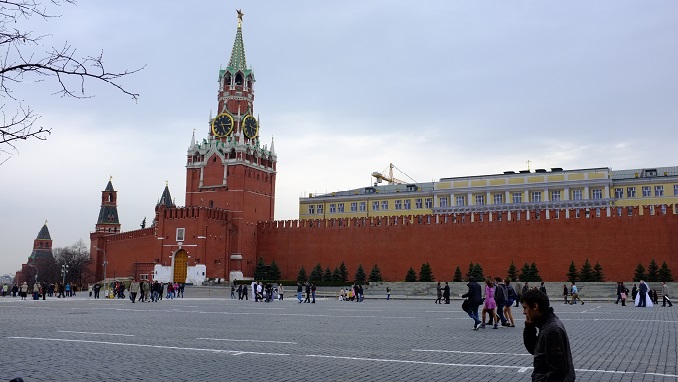The new Russian climate policy calls for an only 3% reduction in greenhouse gasses emissions until 2050, a goal far more modest than in other countries, RBC writes.
Russia is currently the fourth-largest greenhouse gas emitter in the world, but its climate policy is changing in unprecedented ways. In September 2019, Moscow signed on to the Paris Agreement, which aims to keep the heating of the planet below disastrous levels. Since then, climate activists in Russia have also ramped up pressure on government officials to decrease emissions. Climate scientists, meanwhile, have issued repeated warnings urging immediate, drastic decreases in greenhouse gas emissions.
However, Russia’s proposed policy involves holding emissions steady for the next 30 years and even letting them increase, RBC writes citing a leaked document from Russia’s Economic Development Ministry.
The paper contains four possible tracks for Russia to follow in addressing climate issues. A ministry representative confirmed the document’s authenticity. Even under the most ambitious of the four plans, Russia’s greenhouse gas efforts would be 50 years behind the track international scientific bodies say is necessary for human society to survive.
The ministry does not indicate how much the implementation of the strategy will cost until 2050, but measures that are indirectly associated with reducing emissions in 2019-2020 are estimated at 4.3 trillion rubles ($54.8 billion).
Compared to Russia’s ‘intensive scenario’ which envisages a 48% reduction in greenhouse gasses emissions by 2050, Germany plans to reduce emissions by 80–95% from the 1990 level by 2050, the UK by 80%, Japan, France and Canada by 73–78%. At the same time, in 2019, the European Commission announced plans to adjust the EU economic course to create a carbon-neutral space in Europe by 2050.



